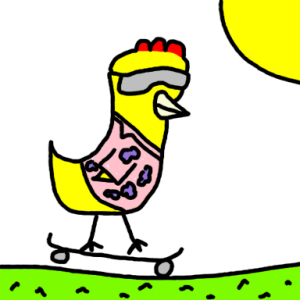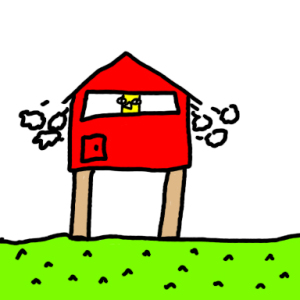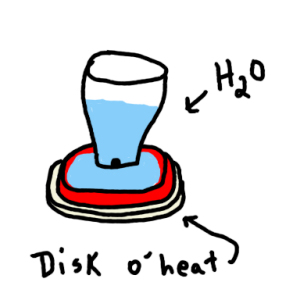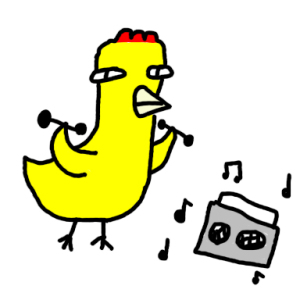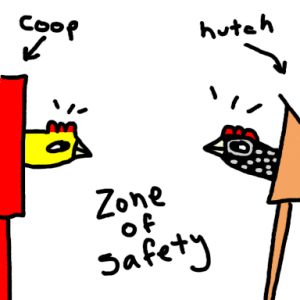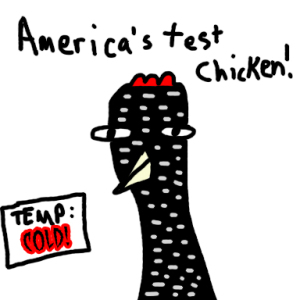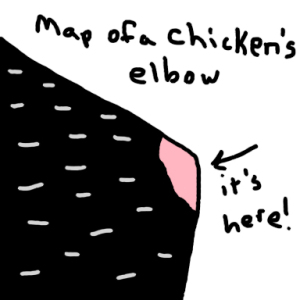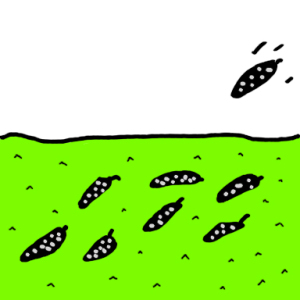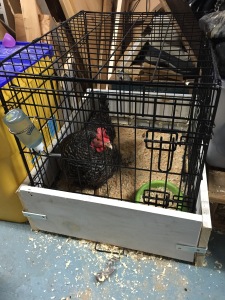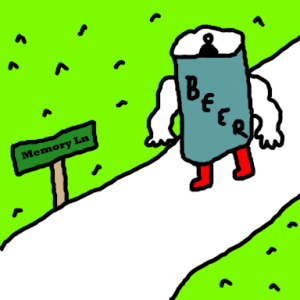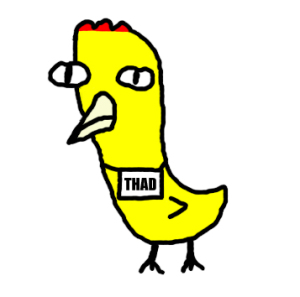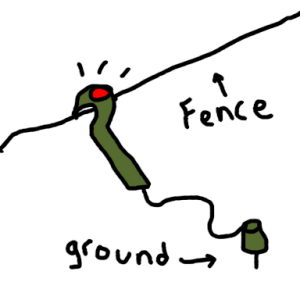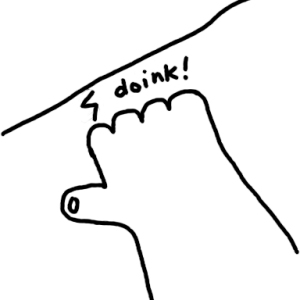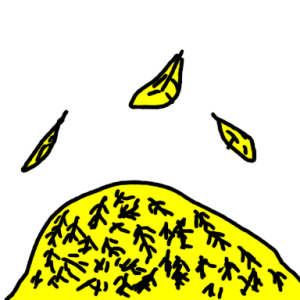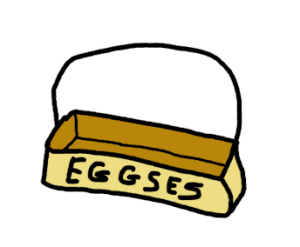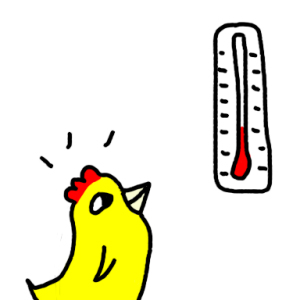The new chickens are settling in pretty well these days. They’re sleeping in the coop, on the roost with the old-timers, which I’m happy to see, since it’s getting chilly at night. The “chicken clump” inside the coop is one of the ways they stay warm, so I’m pleased they get along well enough to clump. For a little while, Henny Penny would peck the closest n00b if I shined my headlamp into the coop while they were all roosting, which, to be perfectly honest, kind of ticked me off. I get that she’s in charge, but that just seemed unnecessary. I guess maybe in the spotlight she felt the need to play the role of harsh taskmistress that goes with being the alpha hen. But that’s been toned down, if not completely abandoned at this point. Maybe Henny Penny realized that the clump is more important than a pointless reminder of who’s boss. Whatever the reason, I welcome peace in the coop.
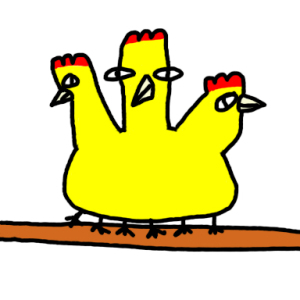
The Clump – It looks like an egg-laying hydra.
Since it’s getting cold, and a few of the chickens were molting recently, I’ve been putting out chicken scratch for them every morning along with the rest of their breakfast buffet (which is basically just their usual food, plus yogurt). Scratch is high in protein, which they need when they’re molting, and also need to keep warm when it’s cold. Keeping warm takes a lot of energy, and while it’s not particularly cold out yet, it can’t hurt to start the scratch early. The chickens love it, and I aim to please.
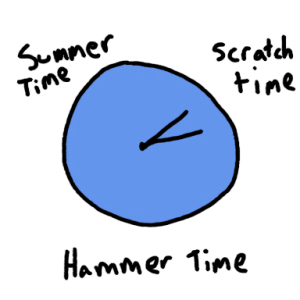
Does anybody really know what time it is?
Since it’s dark out when I wake up the chickens these days, they don’t often want to come right out when I open the coop door, and frankly, I don’t blame them. I wouldn’t be out there that early if I didn’t have to be, but I have to be, so the coop door gets opened when I am there to open it. The Mandrell Sisters have figured out that morning now means scratch time, so they are pretty eager to get out there and dig in. It’s sort of like when they filled the cereal dispenser with Frosted Mini Wheats in college, which always caused a student stampede. You go for the food when it’s there, or someone else gets it. Henny Penny also comes out, since she’s running the show. Steve, John, and Suzy Creamcheese Junior aren’t quite as eager to come out as the others. I know they love scratch, because I’ve given them some when they’re out in the yard, in order to try to train them to come when called. (This makes it much easier to get them back in the run after free-ranging.) But the lure of gourmet treats isn’t enough of a draw. One of them, let’s say Steve (it’s either Steve or John, but it’s early and cold, and so cut me some slack on the recognition stuff) will come down, but she’s still too nervous around the grown-ups to walk right up to the pile of scratch and dig in. I figured, ok, they’re young and smaller than the others, I can see why they might be afraid to approach the main pile, so the other morning I added a secondary pile far from the other one, under the coop. The n00bs like to be on the other side of the run from the adults, so this seemed like the way to spread it out. Steve came out, found the scratch, and dug in. Until a Mandrell Sister figured out there was more and came over, sending Steve off into parts un-scratched. While all this was happening, John and Suzy Creamcheese Junior still hid inside the coop, possibly afraid of the dark, possibly afraid of the adults, possibly not ready to greet the day just yet. Meanwhile, the good stuff is getting eaten, and I have a “no food in the coop” policy, so they’re out of luck if they don’t come and get it. It’s a treat, so it’s not key to their survival, but it pains me to see them missing out due to shyness.
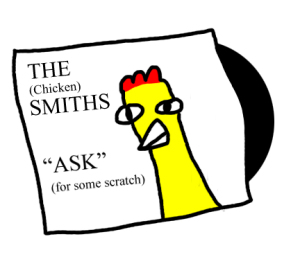
Shyness is nice, and shyness can stop you from eating all the scratch in life you’d like to.
Since this all happens in the dark, and I don’t have the time to stand there in my pajamas in the cold waiting to see if they eventually come and chow down when it gets light out, I don’t know how long it takes them to come out, and if any scratch is left when they do. What I think I’ll have to do is try my two-pile system on a weekend morning, when I’m allowed to sleep until the sun comes up, and observe the goings-on then. When it’s light, they all come out (and are usually cranky that I’ve slept so late – usually 6:30 or 7, how lazy of me) and maybe, just maybe, they’ll figure out the system and find the courage to come out in the dark during the week. Assuming they recognize that there’s a system. I’ve tried to explain it to them, but like typical teenagers, they don’t listen. You’re on your own then, kids.
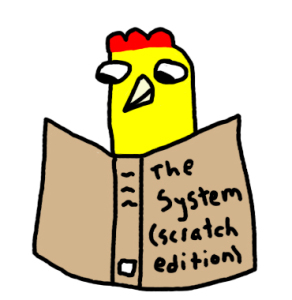
They’ll figure it out one way or another.
(CREDITS: Theme music: Chicken In The Barnyard by Fireproof Babies, Music Bed: Ragtime Dance by Scott Joplin)
Like this:
Like Loading...

